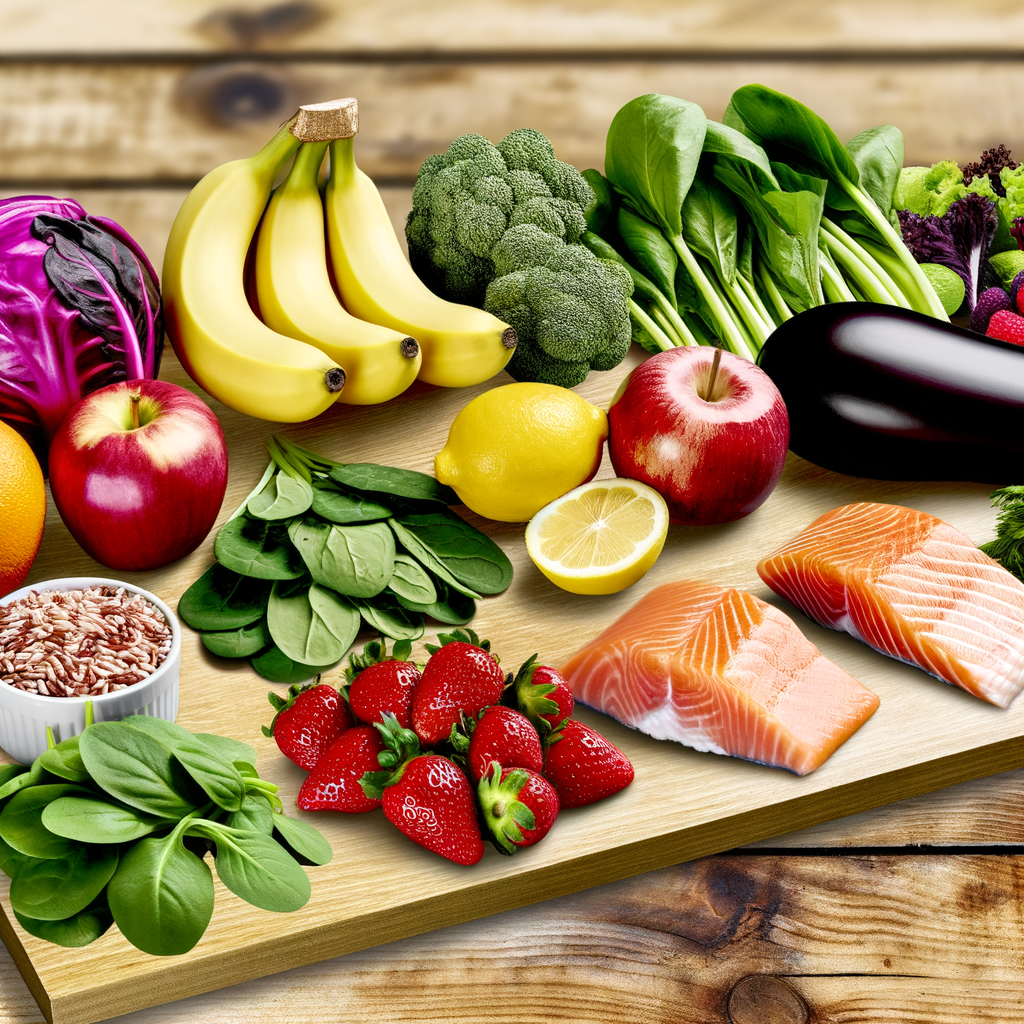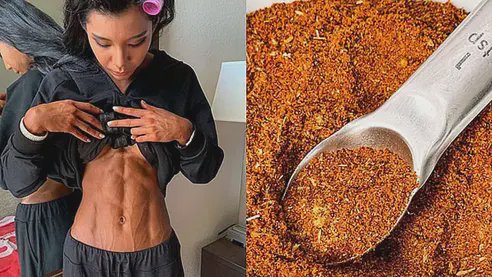
Achieving a Flatter Stomach in Just Seven Days
Embarking on a diet plan can often feel overwhelming, especially when the goal is as specific as achieving a flatter stomach within a week. But believe it or not, with the right approach, some simple changes to your eating habits can lead you toward this seemingly ambitious goal. This guide is designed to help you understand how you can streamline your diet to enhance digestive health and reduce bloat, paving the way to a sleeker midsection.
The concept of a 7 Day Flat Stomach Diet is built around optimizing your nutritional intake by focusing on foods that aid digestion and limit bloating. We’re not talking about a quick fix or miracle cure, but rather straightforward, science-backed strategies that encourage a healthier lifestyle change.
What Goes Into a 7 Day Flat Stomach Diet?
A flat stomach diet typically emphasizes foods rich in fiber, probiotics, and lean proteins, while cutting down on sugars, salts, and high-fat foods. Here are some key components:
- High Fiber Foods: Include plenty of fruits, vegetables, and whole grains which help to keep the digestive system running smoothly.
- Lean Proteins: Such as chicken, fish, and plant-based options like beans and lentils, which keep you feeling full longer without excessive calories.
- Probiotics: Foods like yogurt, kefir, and fermented vegetables can enhance gut health, easing digestion and reducing gas and bloating.
- Limited Sodium: Reducing salt intake can help minimize water retention and bloating.
- Hydration: Drinking ample water is crucial as it helps to flush out toxins and excess sodium from the body.
Integrating these components effectively over a week can make a noticeable difference in how your stomach looks and feels. Let’s delve into some practical tips to implement this diet successfully.
Practical Tips for Success
1. Plan Your Meals: Start by mapping out your meals for the week. This prevents last-minute unhealthy eating choices.
2. Stay Hydrated: Aim for 8-10 glasses of water daily. Sometimes, what feels like hunger is actually dehydration.
3. Be Mindful of Portions: Eating reasonable portions helps prevent overeating and discomfort.
4. Prepare for Snacks: Have healthy snacks ready to avoid high-sugar or fatty temptations.
5. Keep a Food Diary: Tracking what you eat can help identify what foods make you feel bloated or uncomfortable.
6. Avoid Late-Night Eating: Try to have your last meal of the day at least three hours before bedtime to aid digestion.
By following these strategies, you’re setting yourself up for a positive and successful dietary change. Remember, the aim is consistency, not perfection. Let’s break down a specific 7-day meal plan to help you get started.

The 7-Day Meal Plan
Here’s a simple guide to what your week could look like on this targeted diet plan:
- Day 1: Breakfast: Greek yogurt with a handful of almonds and berries. Lunch: Grilled chicken salad with mixed greens, cucumbers, and olive oil dressing. Dinner: Baked salmon with quinoa and steamed broccoli.
- Day 2: Breakfast: Oatmeal topped with sliced banana and a sprinkle of cinnamon. Lunch: Turkey and hummus wrap with whole grain tortilla. Dinner: Stir-fried tofu with mixed vegetables and a side of brown rice.
- Day 3: Breakfast: Smoothie with spinach, protein powder, and a small apple. Lunch: Lentil soup with a side salad. Dinner: Grilled shrimp with a sweet potato and green beans.
- Day 4: Breakfast: Two boiled eggs with a slice of whole-grain toast. Lunch: Quinoa salad with cherry tomatoes, avocado, and feta cheese. Dinner: Chicken stir-fry with bell peppers and a side of cauliflower rice.
- Day 5: Breakfast: Cottage cheese with pineapple chunks and flaxseeds. Lunch: Baked cod with a salad of arugula and beetroot. Dinner: Vegetable curry with chickpeas and a side of basmati rice.
- Day 6: Breakfast: Berry parfait with layers of yogurt and granola. Lunch: Grilled veggie and goat cheese panini on whole grain bread. Dinner: Beef stew with carrots, celery, and potatoes.
- Day 7: Breakfast: Protein pancakes topped with fresh strawberries. Lunch: Caesar salad with grilled chicken strips. Dinner: Pork tenderloin with asparagus and mashed cauliflower.
Your persistence in following this meal plan could be rewarded with not only a flatter stomach but also an overall improved sense of well-being. Remember, eating well is a form of self-respect and each meal is a choice towards healthier living.
As we conclude, consider how these dietary adjustments may enhance your energy levels and overall vitality, potentially aiding not just in weight loss but in maintaining a balanced and energetic lifestyle. Engage in this journey with a mindset focused on nurturing rather than restricting yourself.
Curious about how your specific body type responds to different diets? You might find it insightful to explore our personalized diet quiz, which tailors dietary recommendations to your unique needs. Alternatively, for those interested in a deeper dive into your body’s energy potential, our in-depth review could be a next step worth considering.
Click here to discover how to support your cellular energy and fat metabolism naturally.
Did You Know?
Many people walking around today — even those who are slim, active, or eat “healthy” — may already have early signs of insulin resistance without even knowing it.
Blood sugar imbalances often develop silently over time, leading to fatigue, stubborn belly fat, and cravings that just won’t go away.
Staying on top of your metabolic health isn’t just about diet — it’s about understanding how your body responds to glucose, even when everything seems fine on the outside.
